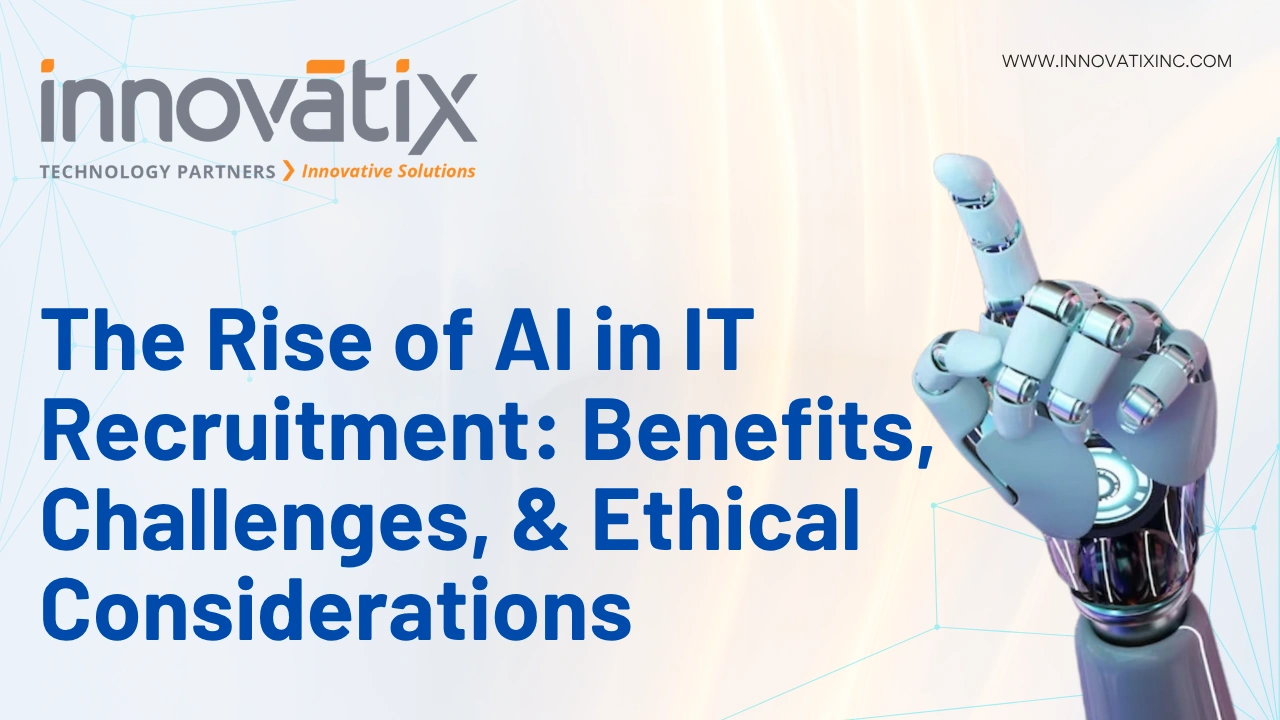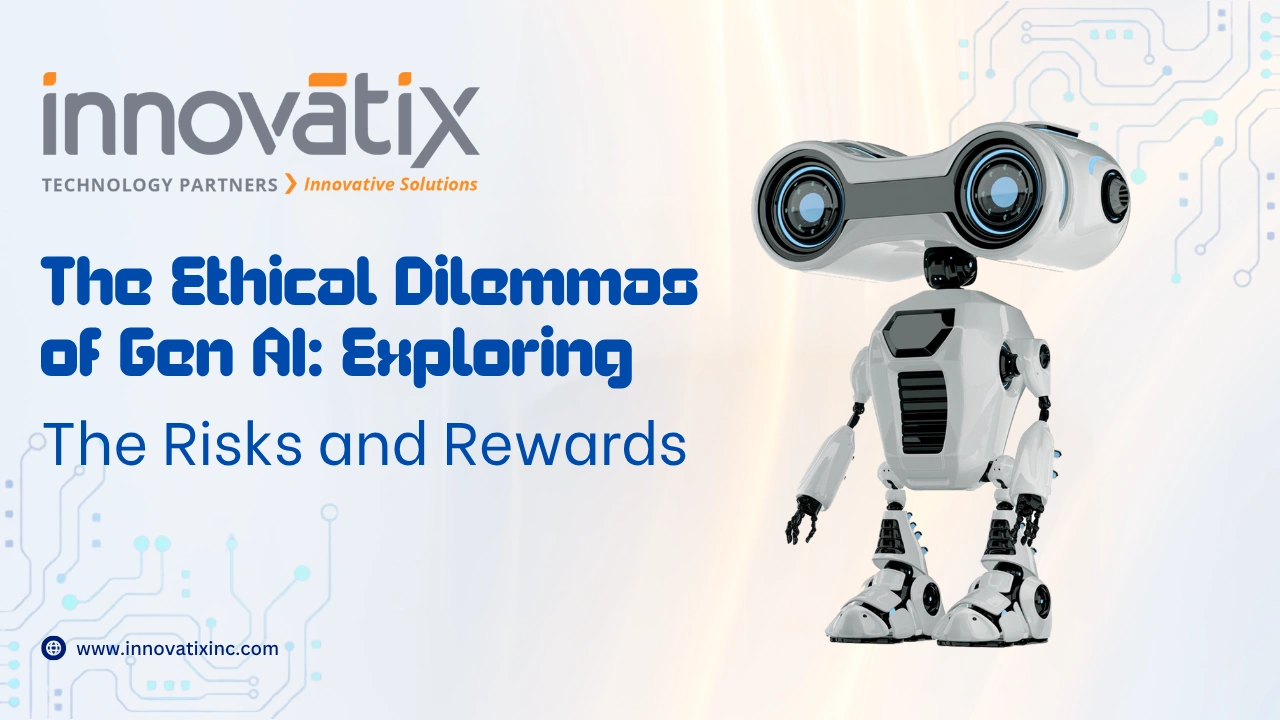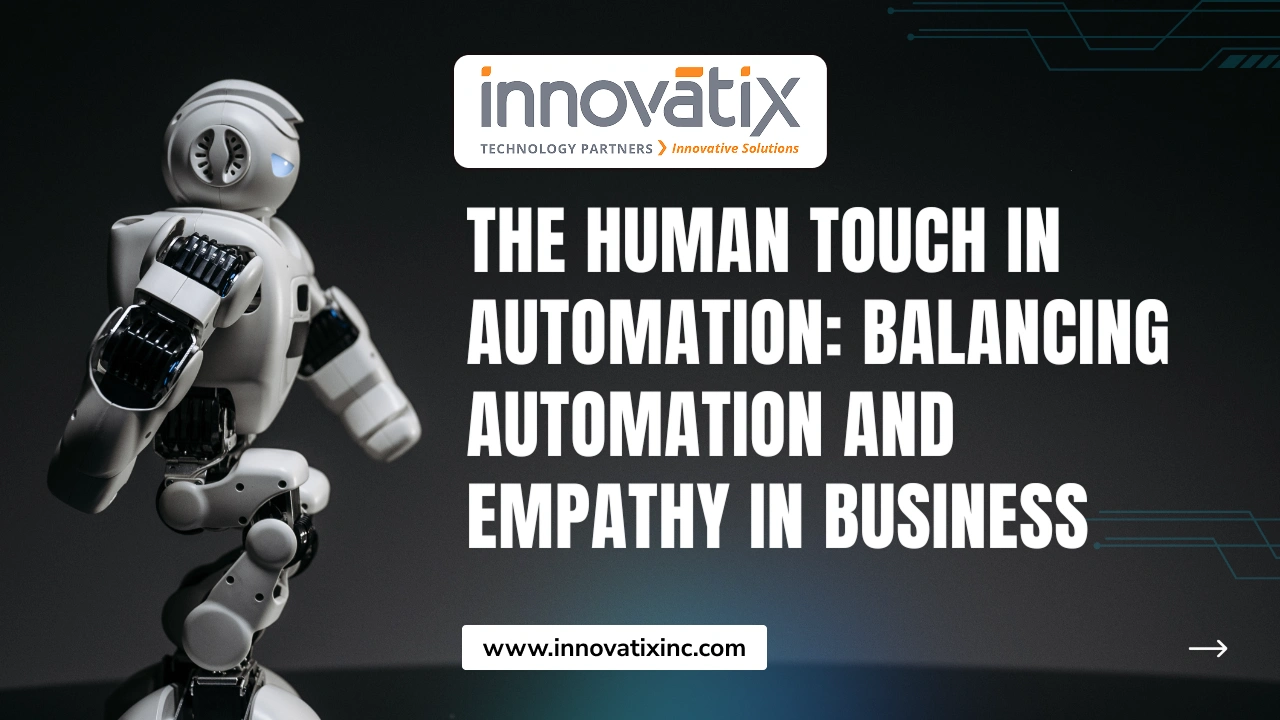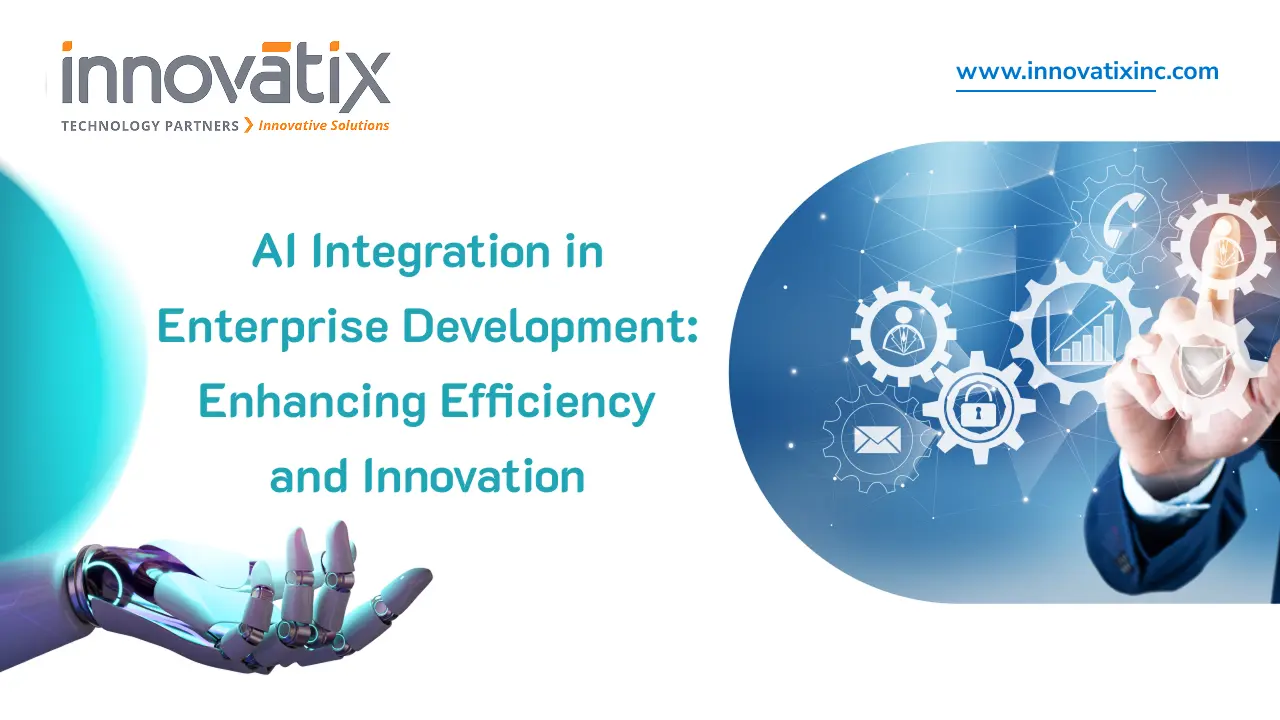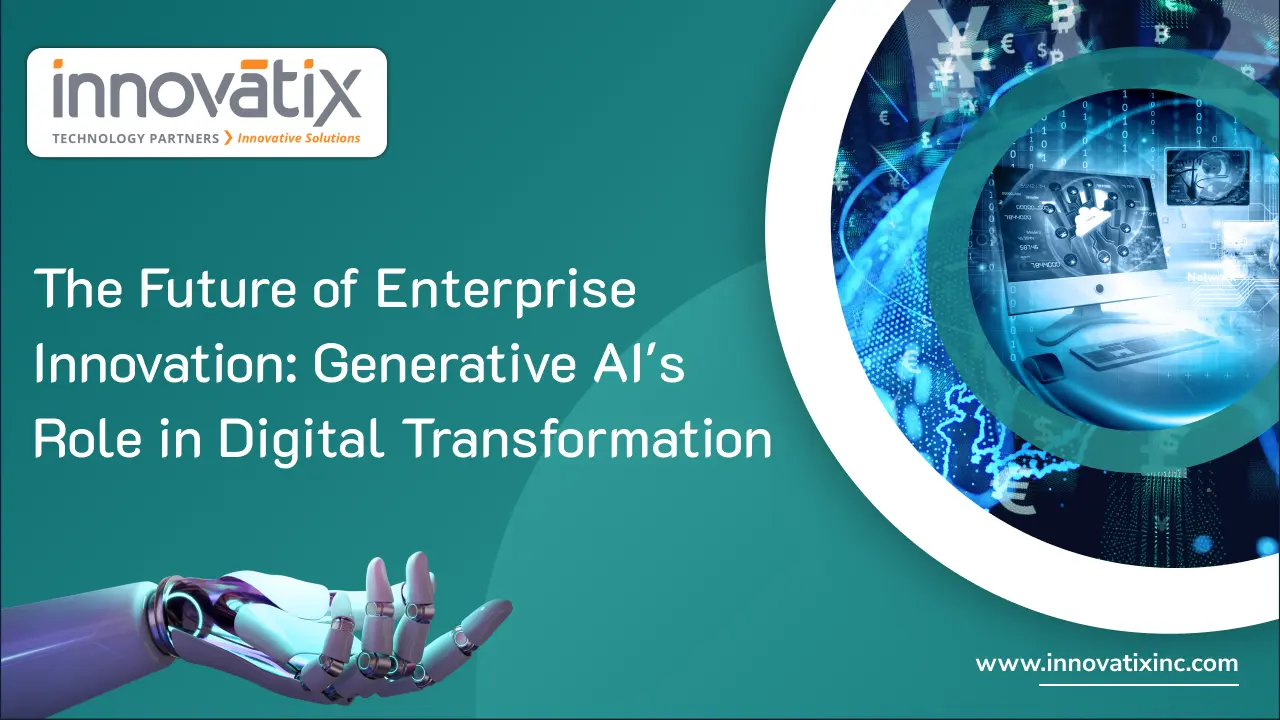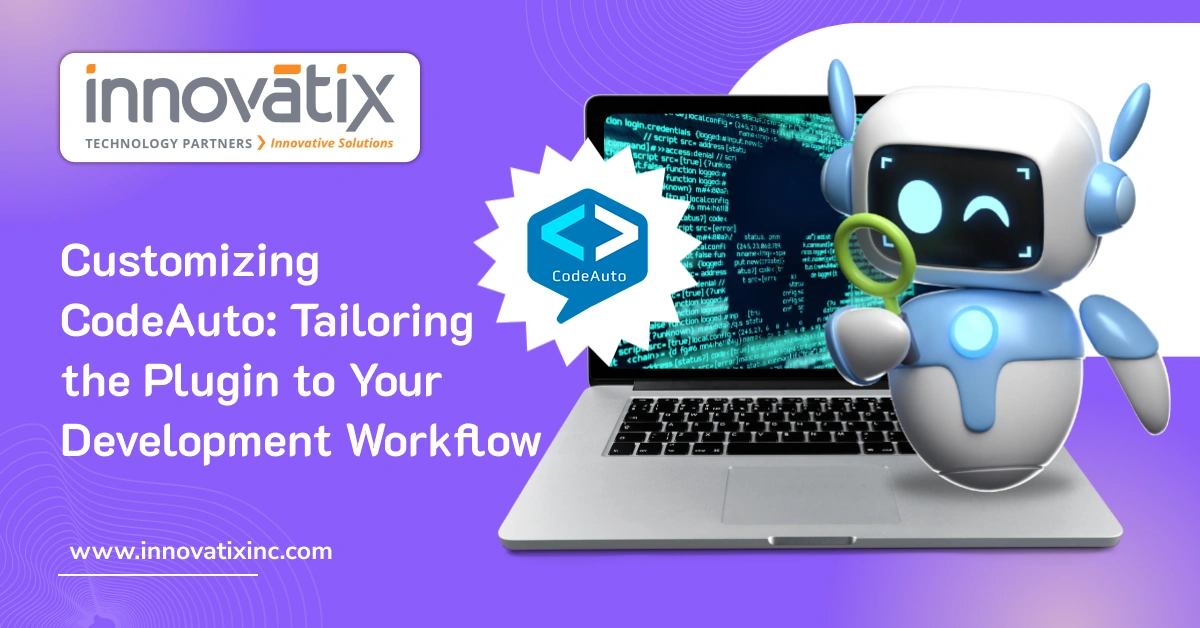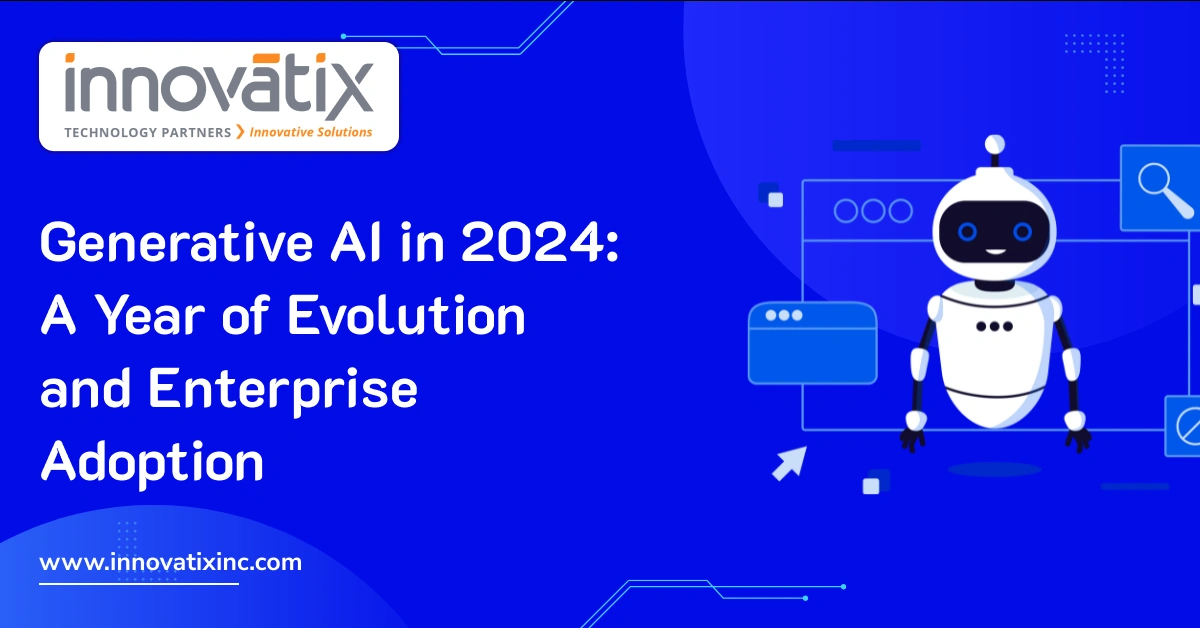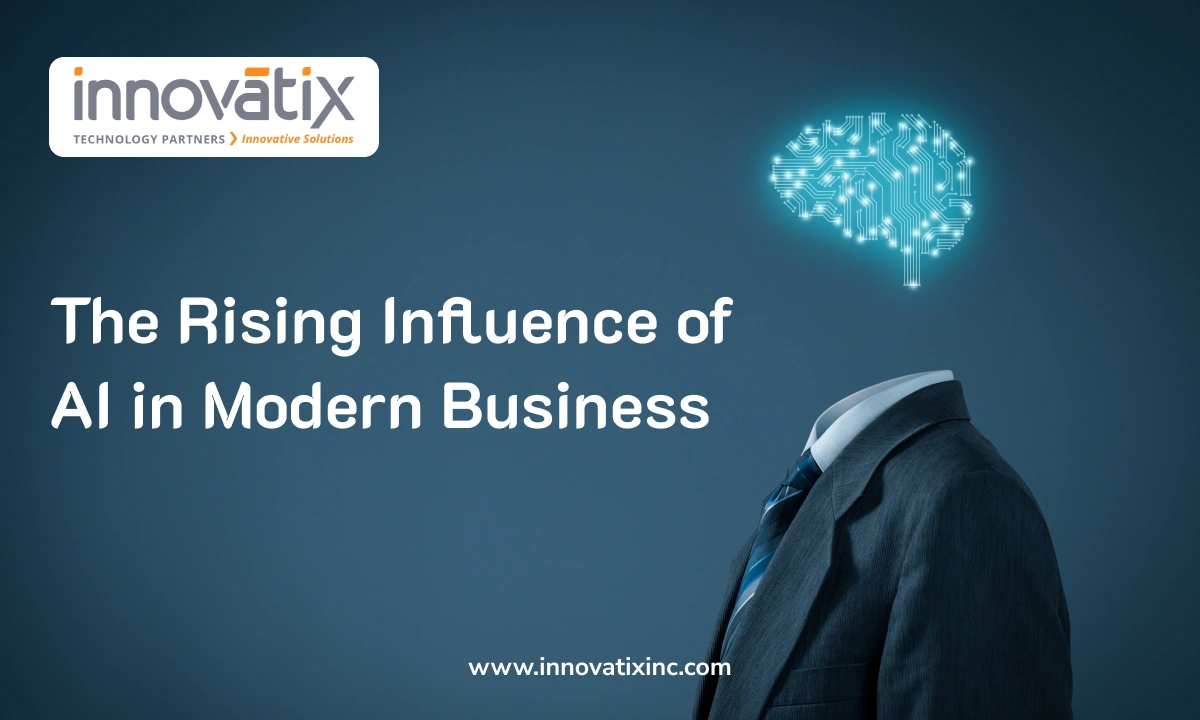The Rise of AI in IT Recruitment: Benefits, Challenges, and Ethical Considerations
AI in talent acquisition is spearheading a groundbreaking transformation in the IT sector. Traditional hiring practices are being reshaped as artificial intelligence emerges as a pivotal tool for addressing the speed, precision, and specialized skillsets required to tackle complex challenges. By leveraging AI recruitment tools and generative AI, companies can dramatically reduce time-to-hire, automate repetitive tasks, and elevate the overall recruitment experience. The potential of AI in recruitment is immense, but it also brings its share of uncertainties and controversies. Concerns around bias, transparency, and ethical implications often overshadow its benefits. These challenges highlight the importance of a balanced approach that combines innovation with responsibility. In this article, we will look into the benefits, potential drawbacks, and ethical issues related to AI in IT recruiting. We aim to provide a comprehensive understanding of how AI is reshaping hiring processes. Additionally, we’ll offer actionable strategies for businesses to integrate AI effectively and responsibly, ensuring a seamless alignment with organizational goals and values. The Benefits of AI in IT Recruitment AI is redefining how recruiters work in IT recruitment by making it easier to find, engage, and evaluate candidates. Here, we will examine AI further in the hiring process. 1. Streamlined Candidate Sourcing In the world of IT, finding the right talent means sorting through piles of resumes to find someone who has the right, often very specific, skill set. The good news is recruiters can find this talent quickly with the help of AI candidate sourcing tools. By looking at resumes, portfolios and online profiles, these tools use algorithms to compare job descriptions with candidates boasting skills or certifications related to this job. For example, talent software with AI, Beamery is confident that their customers are better by 30% in candidate sourcing efficiency. SeekOut, Eightfold.ai, and Hiretual are AI tools that discovery passive candidates for you: people not actively looking for a job, but open to the right opportunity. 2. Automated Screening and Shortlisting Screening of resumes claims a large portion of a recruiter’s time. With aid of AI Recruitment Tools, this process is automated, so recruiters only get to see the qualified ones. Pymetrics and Skillate are two such platforms, using HR AI tools to analyze resumes, rank candidates against their skills and predict fit into a role. According to Gartner, businesses that utilize AI in the course of their hiring process have a 25 percent reduction in their time to fill positions and have an understanding of how to keep the quality of hiring standards without consuming more resources. 3. Improved Candidate Engagement Not only is AI making life easier for recruiters these days—it’s improving the candidate experience, too. Generative AI–powered chatbots in talent acquisition chat with applicants, answer inquiries and answer queries, and provide applicant application status updates. Not only do these real time, dynamic interactions help save time – but also result in a positive experience. According to PwC, 49% of today’s job seekers consider prompt communication as one of the most important aspects during the recruitment process and AI driven engagement tools completely address this requirement. 4. Better Decision-Making with Predictive Analytics Ability of AI to find patterns in big data and predict their future has changed the game. AI in recruiting aids in a data driven approach ranging from picking out a recruit most likely to last in the long run to analyzing the trends in employee retention. For instance, predictive analytics can create relationships between a candidate’s prior performance and their prospective job performance at future roles. A McKinsey & Company study cites the use of AI driven analytics from companies such as Workday and SAP SuccessFactors for example can help HR teams make better hiring decisions, lowering turnover by 15–20%. Challenges in AI-Driven Recruitment AI in IT recruitment shows immense promise; however, it is not without challenges. To make good use of AI, it is necessary to consider some underlying technology and implementation issues. 1. Bias in AI Algorithms The systems on which AI relies are also based on historical data. As long as that data reflects biases on the part of AI (whether race, sex, or any other factor), AI can replicate and sometimes even amplify them. Take, for example, Amazon’s firing of its AI hiring tool because it discriminated against female candidates based on biased training data. However, AI systems trained on biased data can discriminate, according to a study by MIT, leading companies to conduct an audit and regularly update their algorithms to ensure fairness in hiring. 2. Lack of Transparency AI based recruitment systems are ‘black boxes’ i.e. their decision making is opaque. The reality is that candidates and recruiters don’t always understand why one person is chosen and another is not. A lack of transparency destroys trust and opens up for doubt of fairness. According to Gartner, 42 per cent of HR professionals see a “trust in AI outputs” as a ‘major challenge’ in implementing AI in recruitment. 3. Limited Feedback for Candidates Applicants get little or no feedback about why their applications were denied when the AI is doing the filtering of candidates. It can be frustrating for jobseekers and damaging to the employer’s brand. Recruitment powered by AI requires built in feedback mechanisms for candidates to update their profiles and stay engaged. 4. Overdependence on AI Although AI Recruitment Tools are great at automating processes, using them excessively can leave no human sense. AI plays no role in softer aspects, such as cultural fit, motivation, or unique potential, and human input is necessary for understanding these aspects. Ethical Considerations in AI Recruitment With AI increasing its reign in the hiring process, companies must prioritize ethical practices in the face of AI technologies to ensure that the implementation and use of technology are fair, inclusive, and transparent. 1. Bias and Fairness Organizations must work hard to eradicate bias in AI algorithms by continually checking out and updating data sets used for training. Thanks to IBM’s AI Fairness 360 open-source tools, companies are able to identify and mitigate bias in their AI models. 2. Transparency The recruitment


